Some landscaping ideas for a woodland garden include planting native shrubs and trees, creating a natural path with stones or wood chips, adding wildflowers and ferns, creating a pond or water feature, incorporating rock formations, and using natural materials for edging.
Woodland gardens offer a unique and beautiful way to add color and texture to your outdoor space. With the right landscaping ideas, you can create a tranquil oasis that is both aesthetically pleasing and ecologically beneficial.
From wildflowers to native trees, there are many ways to bring the beauty of nature into your backyard. Read on for some inspiring landscaping ideas for creating a woodland garden!
Look Inside:
Creating Pathways With Stepping Stones
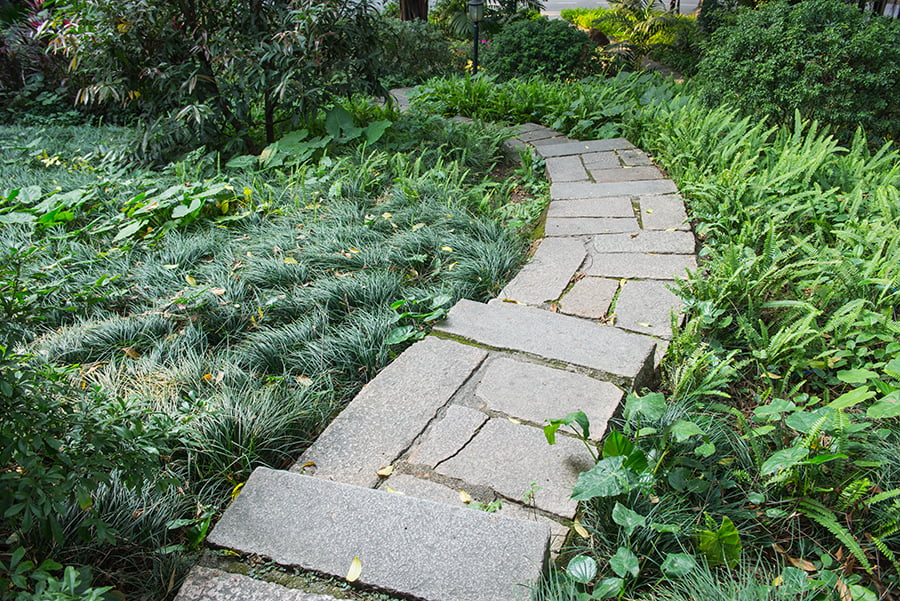
Stepping stones can be used to create winding paths that lead through the garden, allowing visitors to explore its beauty in an interesting and unique way. The stones can be placed in various patterns or sizes, depending on the desired effect.
They also provide a safe surface for walking on, as they are less likely than grass or soil to become muddy when wet. Stepping stones can help define different areas of the garden and make it easier for visitors to navigate around it.
Planting Native Trees and Shrubs
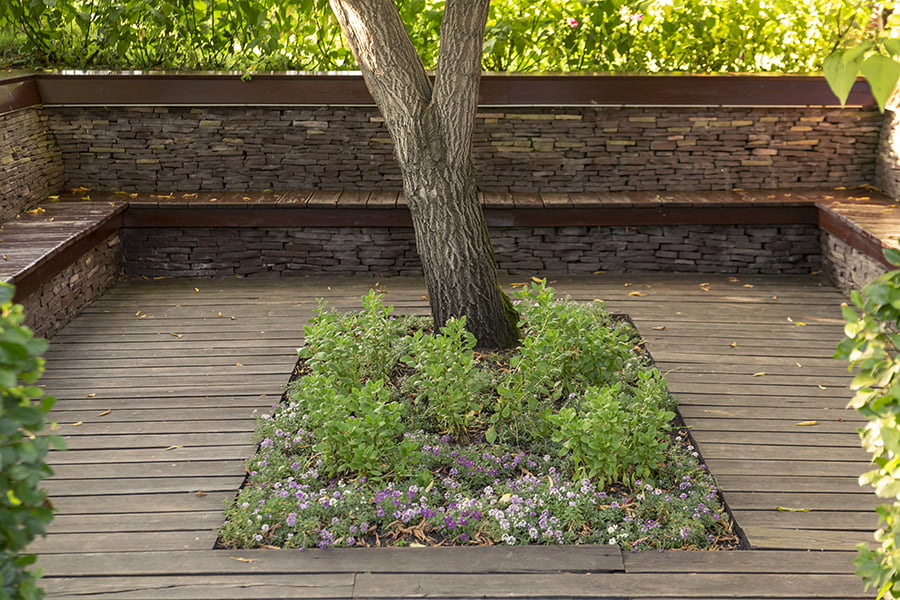
Native plants are adapted to the local climate, soil, and environment, making them easier to care for than non-native species. They also provide food and shelter for wildlife such as birds, butterflies, and other beneficial insects.
When selecting native trees and shrubs for your woodland garden, consider their size at maturity so that they don’t outgrow their space or shade out other plants. Choose varieties with interesting foliage colors or textures to add visual interest throughout the year.
Plant in groups of three or more for a natural look that will attract wildlife. Be sure to mulch around the base of each plant to help retain moisture and suppress weeds.
Adding a Pond or Water Feature
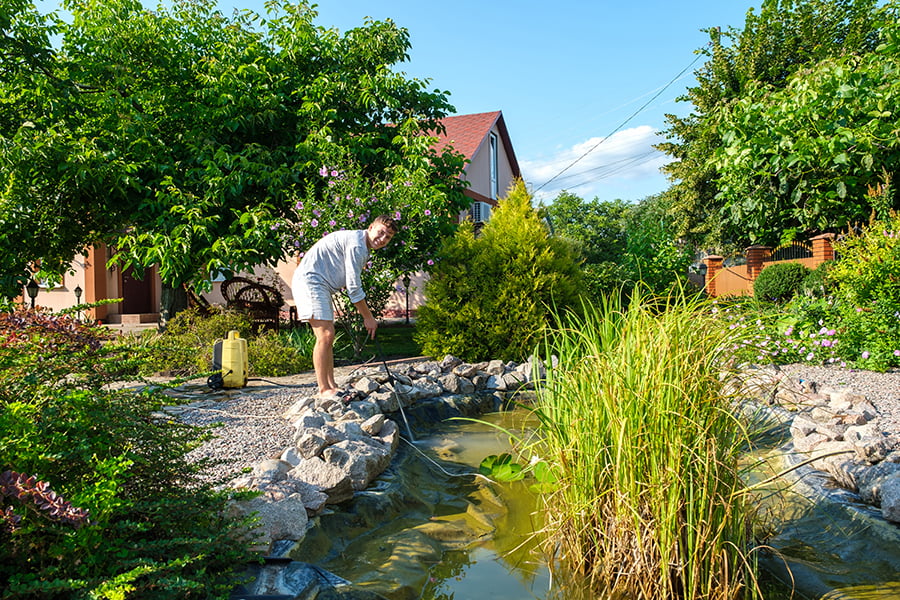
A pond can provide habitat for wildlife, such as frogs, dragonflies, and birds. It also adds the sound of running water which is calming and peaceful.
When planning your pond or water feature, consider the size of your space and how much maintenance you are willing to do. If you have limited space or don’t want to spend too much time maintaining it, opt for a small pre-formed plastic liner that is easy to install.
For larger spaces with more room for creativity, consider building a natural stone-lined pond with plants around the edges that will attract wildlife while providing an aesthetically pleasing look.
Incorporating Wildflowers and Ferns
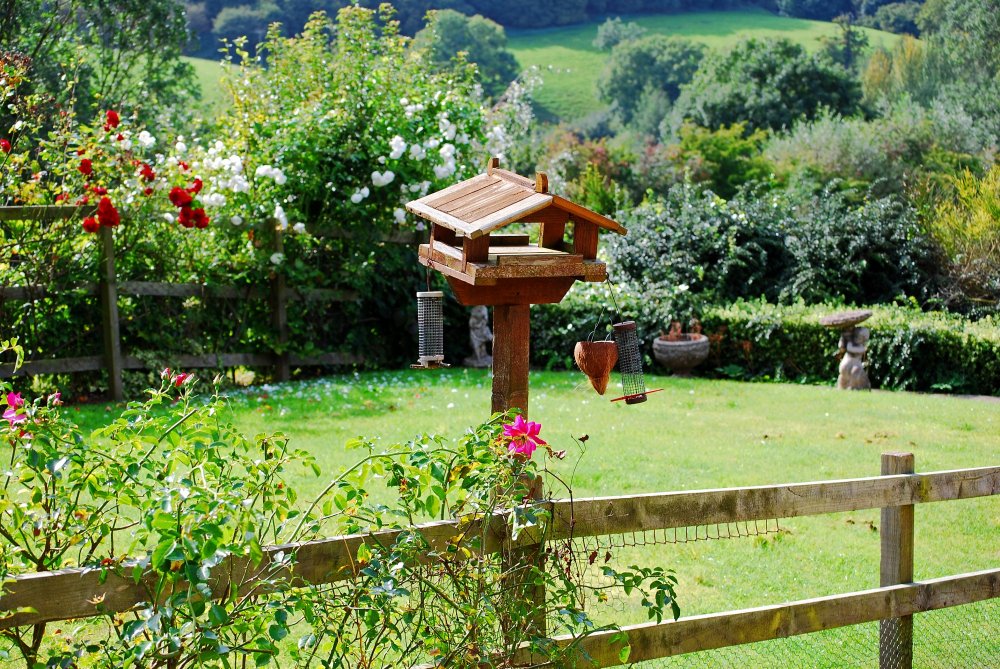
Wildflowers are easy to grow and come in a variety of shapes, sizes, and colors. They can be planted in large drifts or small clusters for maximum impact.
Ferns also bring texture to the garden with their delicate fronds that sway in the breeze. Planting them near water features or along pathways will create a lush look that will draw the eye.
Both wildflowers and ferns require minimal maintenance once established so they are perfect for busy gardeners who don’t have much time to devote to upkeep.
Creating a Rock Garden With Mosses and Lichens

Mosses are small plants that grow in damp areas, often forming lush carpets of green. Lichens are composite organisms made up of fungi and algae living together in a symbiotic relationship.
They come in many colors including yellow, orange, red, purple, blue-green and gray. When combined with rocks they create an attractive contrast of shapes and textures that can be used to enhance the natural beauty of the woodland garden.
To create this type of rock garden you will need rocks or stones that have been washed clean so they don’t contain any dirt or debris. You should also make sure the rocks are not too large as mosses prefer smaller surfaces for growth.
Once you have chosen your stones it’s time to start planting! Mosses can be planted directly onto the surface of the stone by simply pressing them into place with your fingers or using tweezers if needed for more delicate species. Lichens require no soil but do need some moisture so misting them regularly will help keep them healthy and growing well over time.
Adding Bird Feeders or Bird Baths
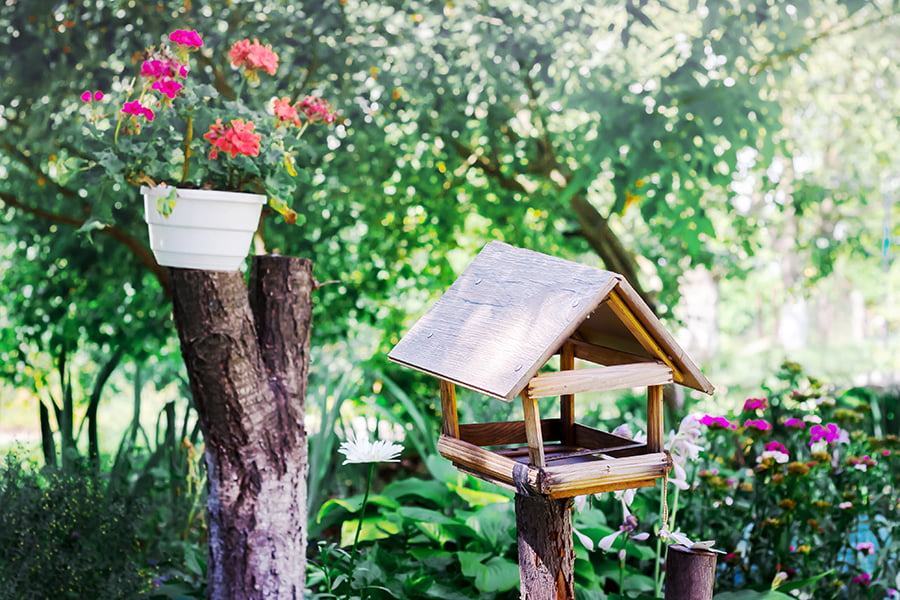
Bird feeders provide food for the birds, while bird baths offer them a place to drink and bathe. Both of these additions can help create a more inviting environment for birds, as well as providing visual interest in the garden.
When choosing bird feeders or baths, it’s important to select ones that are designed specifically for outdoor use and that will be able to withstand the elements. It’s important to make sure they are placed in areas where they won’t be disturbed by people or pets.
It’s also important to keep them clean and filled with fresh water regularly so that the birds have access to clean water at all times.
Installing Outdoor Lighting for Nighttime Ambiance

Installing outdoor lighting involves strategically placing lights around the garden to provide illumination and ambiance at night. This could include spotlights, floodlights, or even string lights hung from trees or posts.
The type of light used will depend on the desired effect and the size of the area being lit up. Spotlights are ideal for highlighting certain features such as statues or water features while floodlights can be used to illuminate larger areas like pathways or seating areas.
String lights are perfect for creating a cozy atmosphere and adding some sparkle to your garden after dark.